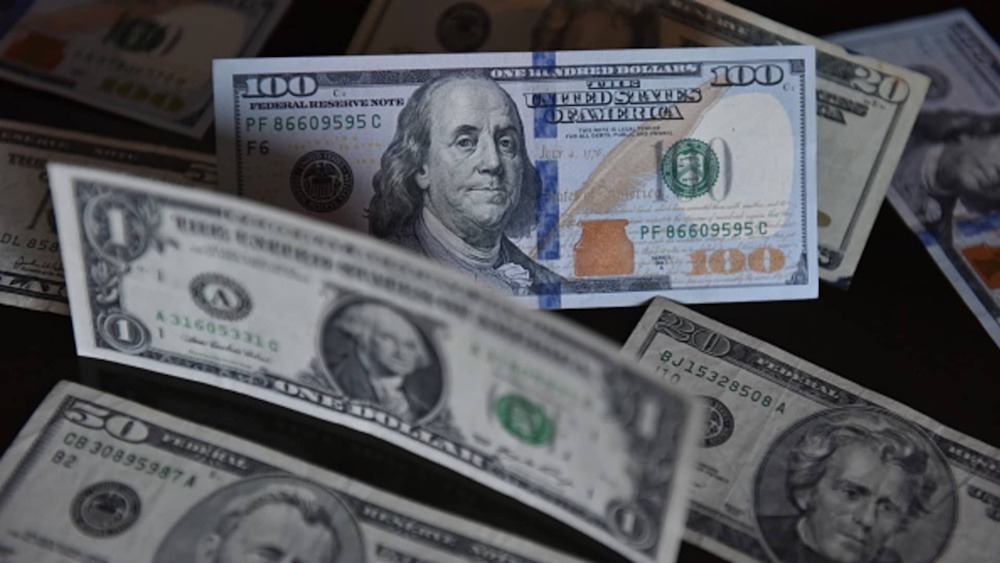
The U.S. dollar held steady on Tuesday as investors assessed the likelihood of a Federal Reserve rate cut next month in light of dovish remarks from policymakers, while the Japanese yen continued to be monitored for potential intervention. On Monday, Fed Governor Christopher Waller indicated that the job market was sufficiently weak to justify another quarter-point rate cut in December. However, any further actions would rely on a significant amount of data that has been postponed due to the federal government shutdown. Waller’s remarks resonated with those made by New York Fed President John Williams on Friday. Market participants are currently assigning an 81% probability to a rate cut next month, a significant increase from the 42% observed just a week prior, according to the reports. “There is an intense focus on the stance of each respective Fed voter and their views on a December rate cut,” stated Chris Weston.
“This aligns with the understanding that the market, along with the Federal Reserve, has yet to obtain the data that usually impacts policy decisions… arguably, the most significant uncertainty lies in the perspective of Fed Chair Jerome Powell himself; however, one might reasonably conclude that he would support a rate cut in December.” So far, the abrupt change in rate-cut expectations has resulted in a minimal effect on the dollar. The euro was last valued at $1.1522, reflecting a slight overnight gain, whereas sterling stood at $1.3097. The U.S. dollar index, which gauges the performance of the greenback relative to its primary counterparts, remained relatively stable at 100.23. Federal Reserve officials continue to express differing opinions regarding the future direction, as the central bank still does not possess a comprehensive set of data. “Maintaining rates at the same level in December, especially given the delicate state of the labor market and the decline in both short- and long-term U.S. inflation expectations, would represent a disconnect that is unlikely to be well-received by the market,” stated Pepperstone’s Weston.
Investor sentiment experienced a boost due to positive developments in the U.S.-China relationship. President Donald Trump stated that relations with China were “extremely strong” on Monday after a conversation with Chinese President Xi Jinping. The call, which had not been previously disclosed by either country, occurred weeks after the two leaders convened in South Korea, where they reached an agreement on a framework for a trade deal that remains to be finalized. Despite the recent slight weakness of the greenback, the Japanese yen remains on the defensive, currently trading at 156.70 per dollar, which is close to the 10-month low of 157.90 reached last week. Market participants have been closely monitoring for indications of government action to bolster the Japanese currency, which has depreciated by almost 10 yen since the beginning of October following the appointment of fiscal dove Sanae Takaichi as Japan’s prime minister.
Government officials’ verbal interventions have not succeeded in curbing the decline of the yen. Market experts suggest that an official intervention, akin to actions taken last year and in 2022, may be forthcoming. Market participants anticipate that intervention may occur within the range of 158 to 162 yen per dollar; however, expectations regarding its effectiveness remain low. “We do not think that we are too far away from the levels that would warrant direct FX intervention, the 160 level versus the dollar could prove to be a line in the sand for Japanese authorities,” stated Matthew Ryan. The New Zealand dollar has decreased to $0.5602, reflecting a decline of over 2% this month in anticipation of a forthcoming rate cut from the Reserve Bank of New Zealand on Wednesday. The Australian dollar stood at $0.6454, reflecting a decrease of 0.12% for the day.
